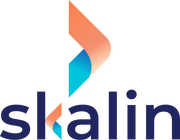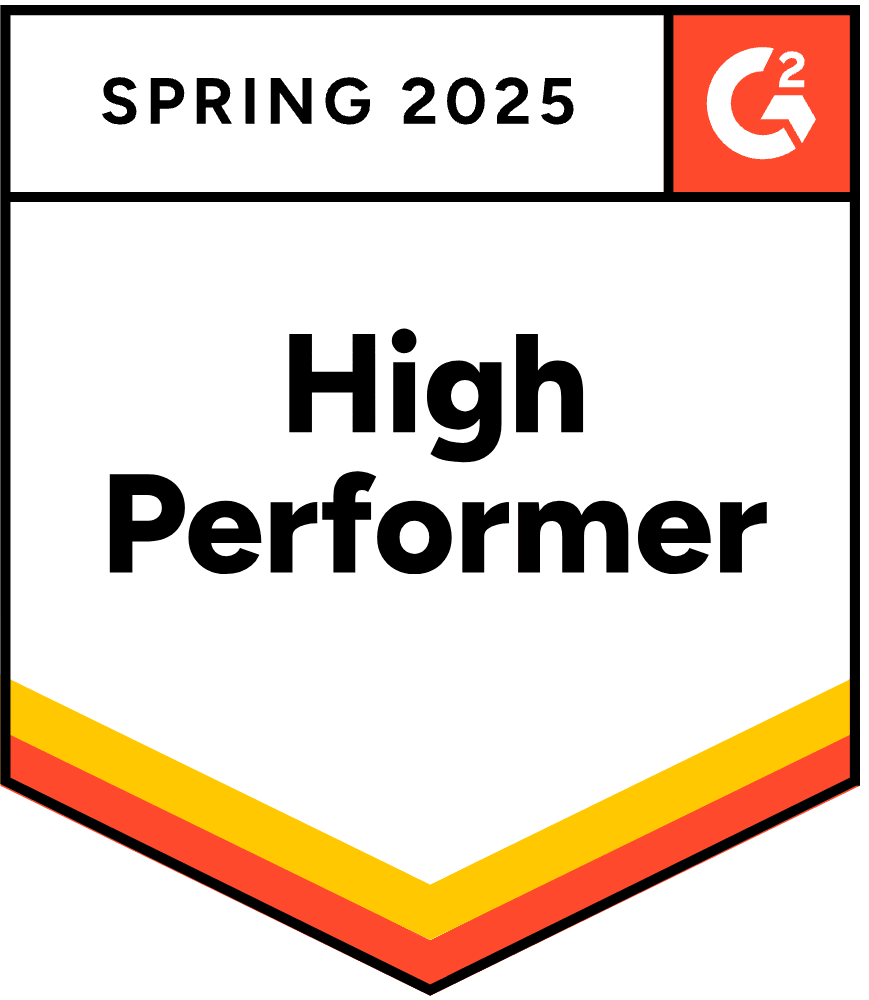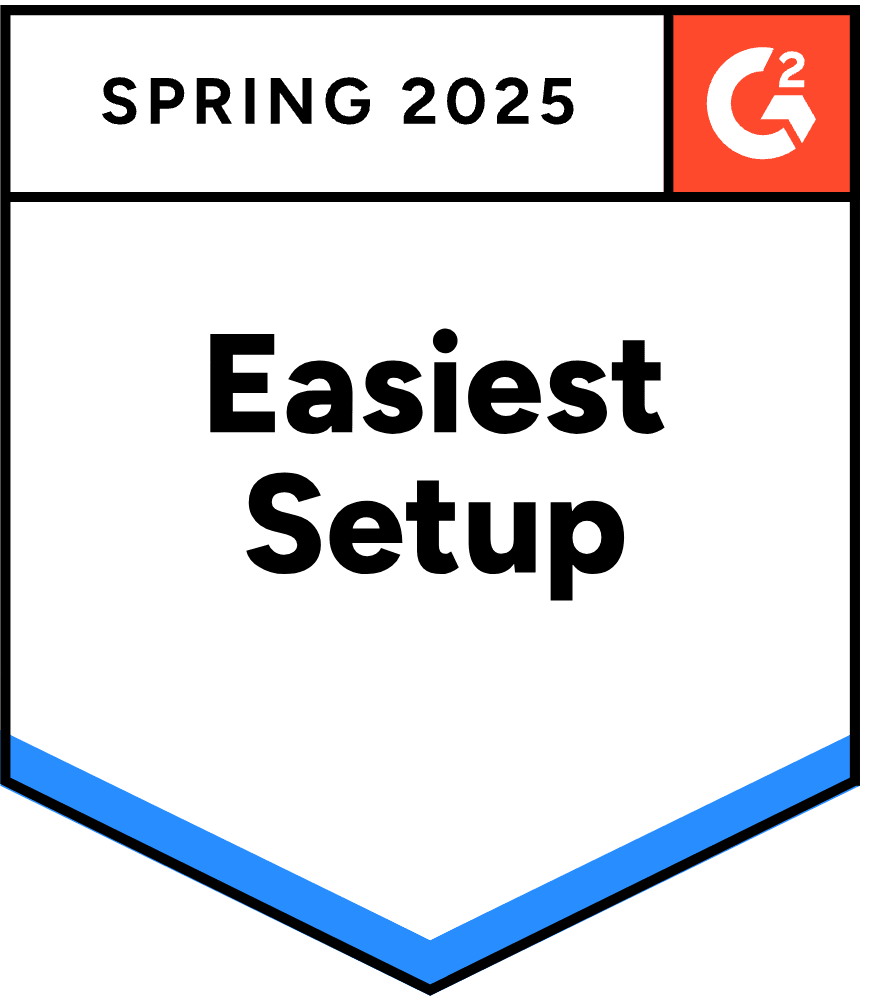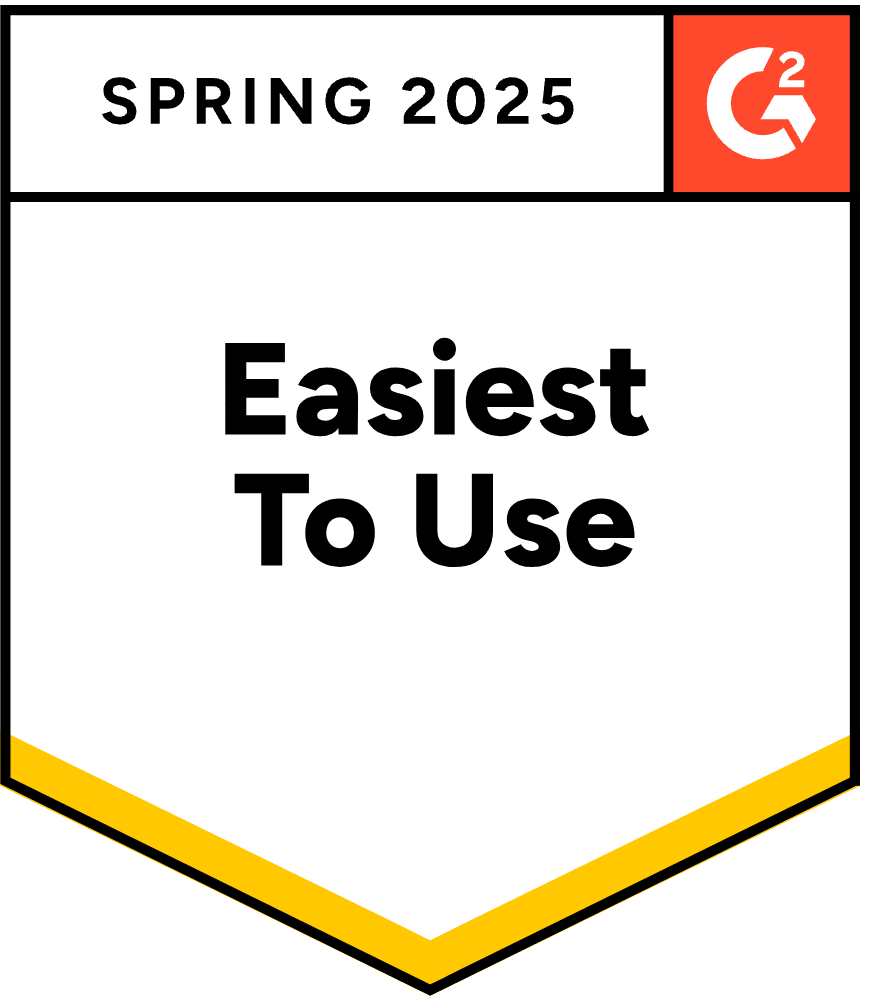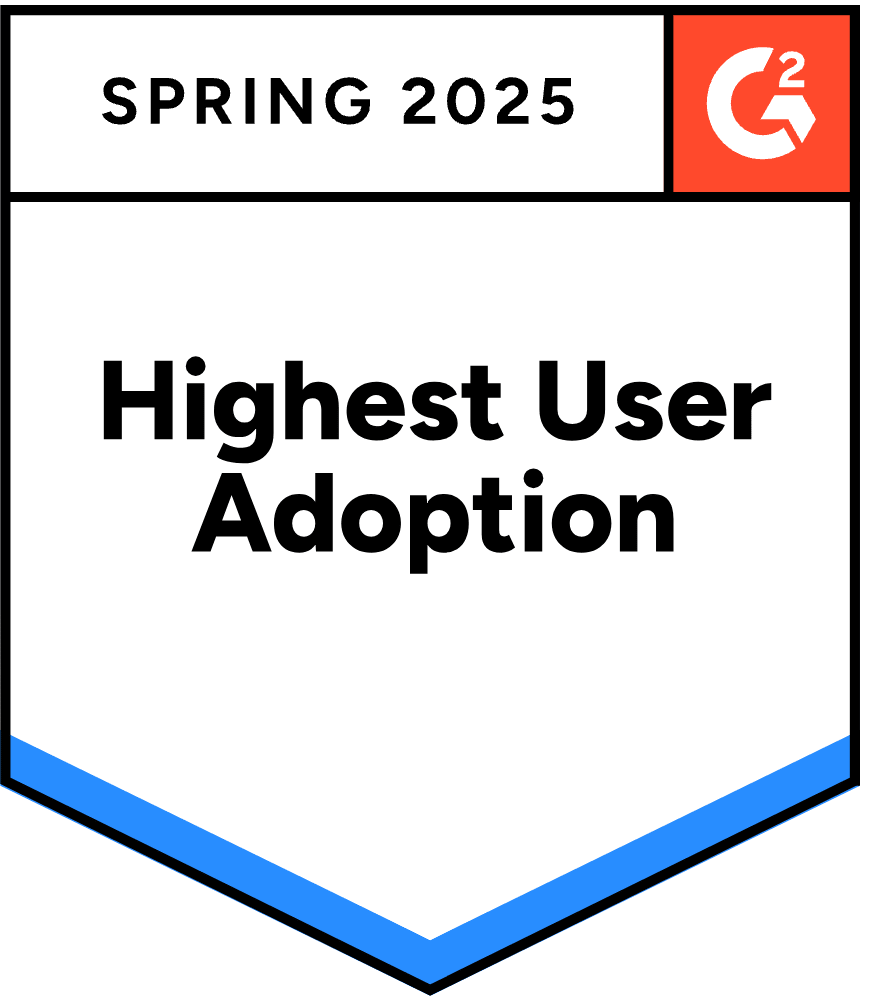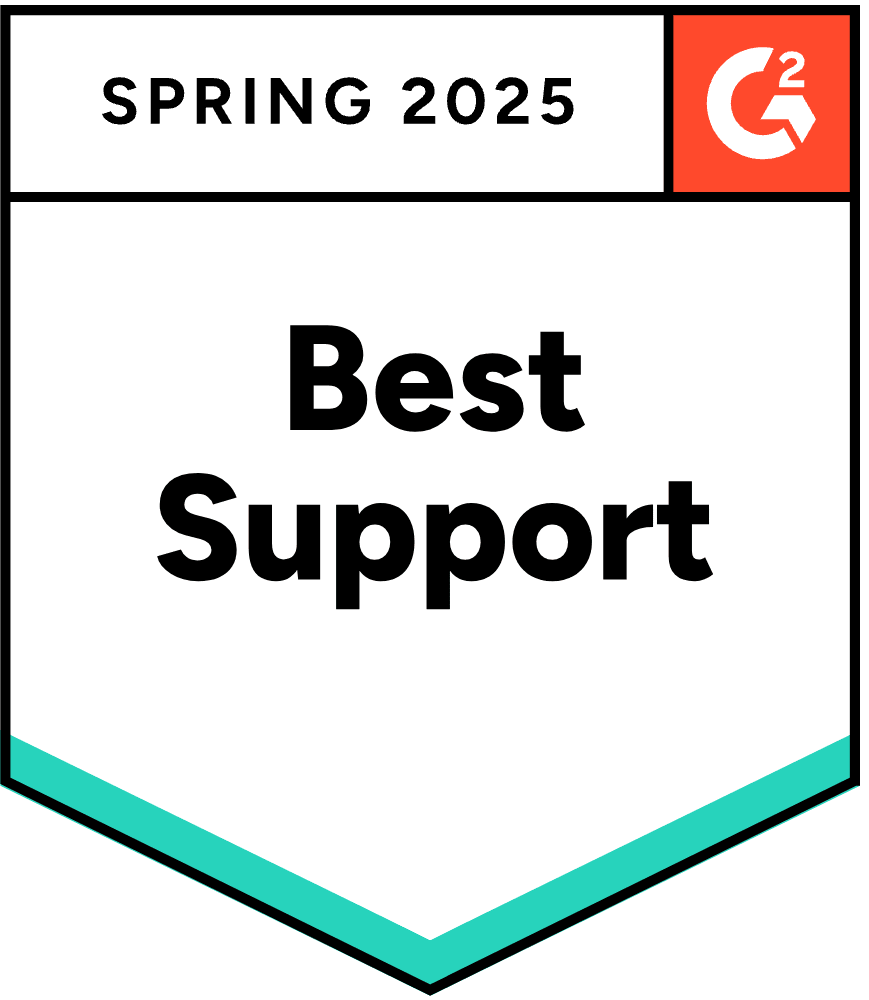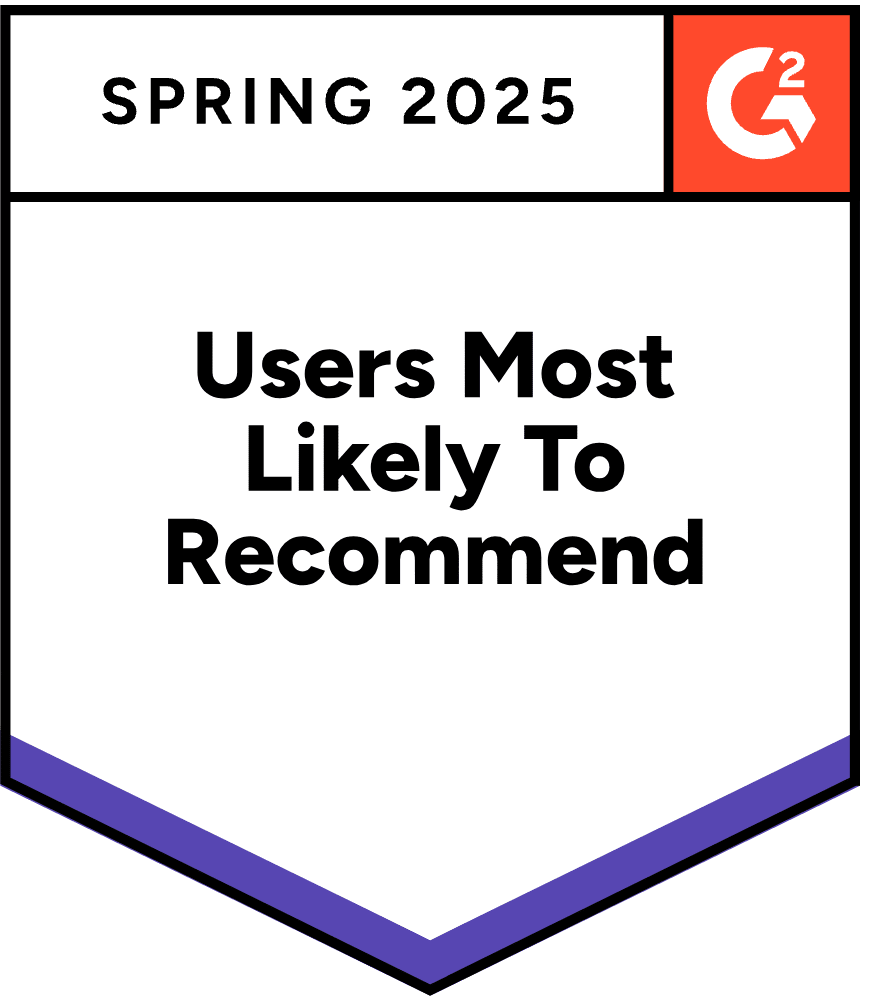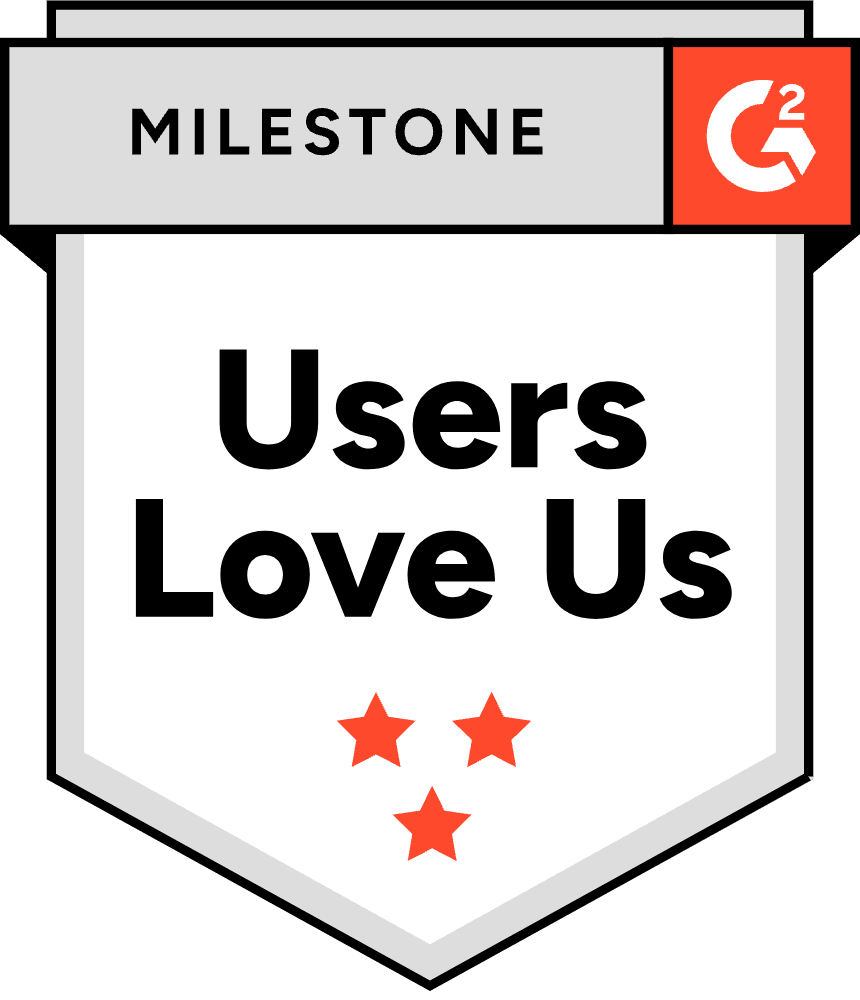Originally designed for sales and marketing functions, traditional CRMs are now trying to attract Customer Success teams. Are CRMs good tools for Customer Success? What are the differences between a CRM and a Customer Success Platform? Skalin takes stock of the situation to help you see things clearly!
CRM vs. Customer Success Platform
Everyone knows CRM. And for one good reason! Almost all SaaS vendors are equipped with it. These tools were originally designed for Marketing/Sales functions and are intended to be shared with other company departments such as Finance and Customer teams. Their promise? To centralize all customer information on a single tool, shared by all teams. But to suit everyone, CRMs must remain generalist, both in terms of the verticals and the functions they address.
In other words, a CRM is by definition not specifically designed for SaaS, nor for CS teams. This is where the Customer Success Platform comes in!
These allow CS teams to have a global view of their customers across all their touch points:
They enable the centralization of interactions, NPS feedback, product usage, CSM pulse... within a 360° customer vision.
This data is then analyzed to calculate a health score to predict customer loyalty or potential churn.
Finally, all this information is available to the CS team who can make the right decisions and activate the appropriate playbooks.
The objective of a Customer Success Platform like Skalin is to give CS teams back control of their agenda and drive more turnover by enabling them to move from a reactive to a proactive mode.
Different purposes
CRMs are designed for Marketing / Sales teams by DNA. Their objective is to allow the teams to have a good follow-up of their opportunities and to schedule reminders so as not to forget anything. And this is an essential difference! Where a CRM waits for a reminder to be programmed to alert, a Customer Success Platform like Skalin will constantly analyze account activity to detect anomalies and report them to CS teams. A Customer Success Platform makes it possible to set reminders on what is predictable, but also, trigger alerts and Playbooks on what is not.
A CRM is first and foremost designed to move leads through a sales tunnel.
A CS Platform provides a 360 view of customers and detects risky behavior.
In SaaS, CRM is not enough
In SaaS, CS teams need to monitor their customers' activity at several levels: conversations between CSM and its customer, but also product usage, features adoption, etc. Today, CRMs do not provide a simple response to this need, particularly because all the usage data is extremely complicated to collect into the CRM.
As we have seen in a study conducted in 2020, 98% of SaaS publishers are equipped with a CRM. However, in more than 9 out of 10 cases, Customer Success teams also use other tools alongside CRM to track their account activity.
The classic pattern: sales information in a CRM, the mailbox which is not always linked to the CRM, usage data in a Back-Office, spreadsheet to track renewals and try to consolidate the information...
With a CRM, CS teams quickly find themselves juggling between 3 and 5 siloed systems in an attempt to build their customer view. The desire to centralize all useful information in a CRM therefore seems to be more of a fantasy than a reality.
Complementary tools that should not be set against each other
In conclusion, CRM and Customer Success Platform simply address different audiences, each with specific needs. The right question to ask is not "How to limit the tools deployed in my company to the maximum" but "How to set up efficient tools that communicate well together". This is why Customer Success Platforms such as Skalin connect natively to the main CRMs so that the teams are permanently aligned on the same level of information.
